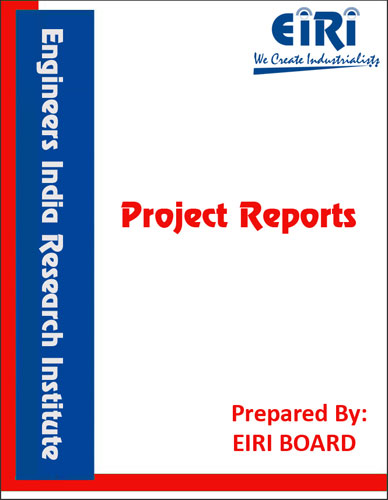Cellulose acetate manufacturing
The project report includes Present Market Position and Expected Future Demand, Market Size, Statistics, Trends, SWOT Analysis and Forecasts. Report provides a comprehensive analysis from industry covering detailed reporting and evaluates the position of the industry by providing insights to the SWOT analysis of the industry.
We can prepare PROJECT REPORT as per your INVESTMENT PLAN for BANK LOAN REQUIREMENT and INDUSTRY ANALYSIS. All reports are prepared by highly qualified consultants and verified by a panel of experts.
Have Query? Click Here to Chat
Industry Expert is Online, Chat with him for more detail.

The first reported organic ester of cellulose was cellulose Acetate, prepared by schutzenberger (1865) by heating cotton and Acetic anhydride to about 180oc in a sealed tube until the cotton Dissolved. Franchiomont (1879) accomplished this reaction at a Lower temperature with the aid of h2s04 as a catalyst. The Product in both the cases was very nearly the triester. Miles (1903) first described partially hydrolyzed (generally called Secondary) cellulose acetate and distinguished it from the tri Acetate by its solubility in acetone. The solubility of secondary Acetate in a low cost and relatively non-toxi solvent such as Acetone contributed greatly to the development and Commercilisation of the material. Acetate rayon in the early 1920’s ensured cellulose acetate at an economic price and in Regular bulk supply and in 1924, the name rayon was established Throughout the world as the generic term of artificial silk. The establishment of the rayon industry made the cellulose Plastic an economic possibility. The british cellulose and Chemical manufacturing co., established in spondon became the British celanese co., and the name of celanese became world Fames, before the 1930’s were out, this was joined by others Which today are equally world famous such as east man and kodak, Hercules and courtaulds. In 1936, the world output of rayon Passed te 1000 million lb mark.
Project Report covers:
- Introduction
- Uses and Applications
- Properties
- Market Survey with future aspects
- Present Manufacturers
- B.I.S. Specifications
- Manufacturing Process with Formulae
- Plant Layout
- Cost Economics with Profitability Analysis
- Capacity
- Land & Building Requirements with Rates
- List & Details of Plant and Machinery with their Costs
- Raw Materials
- Details/List and Costs
- Power & Water Requirements
- Labour/Staff Requirements
- Utilities and Overheads
- Total Capital Investment
- Turnover
- Cost of Production
- Break Even Point
- Profitability
- Land Man Ratio
- Suppliers of Plant & Machineries and Raw Materials.



